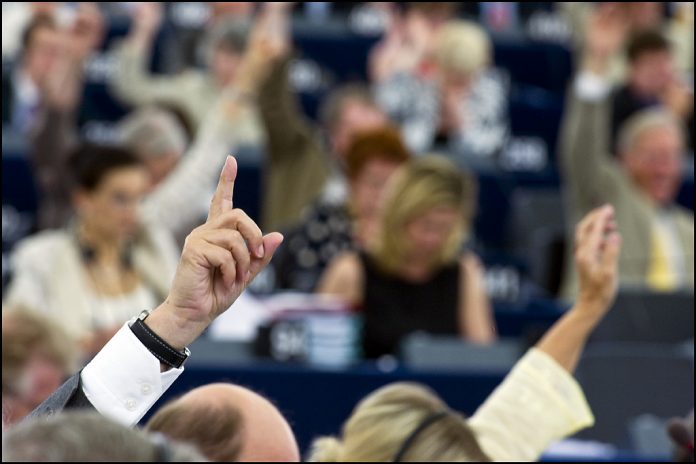A very interesting analysis of the racial and ethnic minority MEPs in the new European Parliament is made by the European Network Against Racism (ENAR). ENAR analysed racial and ethnic representation following the results of the 2019 European Parliament elections.
This review encompasses (A) total racial, ethnic and religious minorities, or all of those racialised in their countries and (B) people of colour, all those racialised as ‘non-white’, with origins outside of Europe.
Reviewing results from the 28 EU Member States amounting to 751 MEPs, ENAR found that racial/ethnic minorities are hugely underrepresented according to the proportion of the population.
The analysis estimates that racial and ethnic minorities make up at least 10% of the European Union population, but make up: 5% (approximately 36 MEPs) of the total elected MEPs on the election lists – After Brexit, this figure will reduce to 4%.
People of colour specifically amounted to only 4% (approximately 30) of the total elected MEPs – After Brexit reducing to 3% (24).
According to estimations racial and ethnic minorities make up at least 10% of the European Union population. But it seems that racial and ethnic minorities are hugely underrepresented according to the proportion of the population.
Of the 36 elected ethnic minority MEPs 19 are men and 17 are women.
6 MEPs represent national minorities, e.g. Russians in Lithuania, Hungarians in Romania while 7 are people of African descent; there will be 6 women of African descent in the European Parliament, compared to just 1 in the last mandate.
6 MEPs are of north African descent and 6 of middle eastern descent.
All 6 MEPs of South Asian descent are from the UK and will leave with Brexit.
Left parties elected 17 MEPs from minority groups, liberal parties 8 while 11 are from conservative parties.
The UK elected 7 minority MEPs, France 6, Germany 5 and Sweden 4. Only 13 of the 28 EU Member States elected ethnic minority MEPs.
ENAR points out that there is an increasement in ethnic minority representation from the previous mandate. Although there is no figure for general ethnic minority representation in the last mandate, there were approximately 18 people of colour (non-white) in the last mandate. Now this figure has increased to 30. After Brexit, however, it will be 24.
Ethnic minorities in general and people of colour in particular are widely underrepresented according to estimates of the proportion in the European population. This can be attributed to a number of factors, including structural racism and exclusion in society, direct discrimination in voting, a low proportion of ethnic minority candidates. In a previous analysis of candidates’ lists, ENAR found that it was clear that national parties failed to elevate minority candidates to the top of the lists, affecting electoral success particularly in countries which do not have preferential voting.
Brexit will have a huge impact – the departure of UK MEPs will greatly reduce representation of racial minorities in the European Parliament. Ideologically, UK MEPs also tend to bring a clear racial diversity angle, including the cross-party agreement on the need for representation and equality data collection.
Left-leaning parties are far more representative than right-wing parties. However, there is a number of people of colour and ethnic minorities elected from (far) rightwing parties. Therefore, according to ENAR on the question of ending racism, representation is not the end of the story.
We need to complement improved representation with a clear commitment to equality and anti-racist politics ENAR points out.
In conclusion there is a wider problem with representation in European policy making. According to ENAR alongside the European Parliament, there is a need for European institutions, such as the European Commission, to recognise and address the overwhelming lack of racial diversity. The European Commission has a staff of over 33,000 and has real power in European policy making, and yet publishes no data on racial/ethnic diversity, nor does it implement positive action to improve representation.
ENAR’s review was conducted through third-party identification and therefore does not purport to be 100% representative. There is no EU-wide system of diversity monitoring and therefore no consistent way to Across Europe, there is no consistent way to measure racial, ethnic or religious diversity. Political parties do not publish information on the racial diversity of their election lists. Race and ethnicity are social constructs, and systems of data collection should be based on self-identification.

